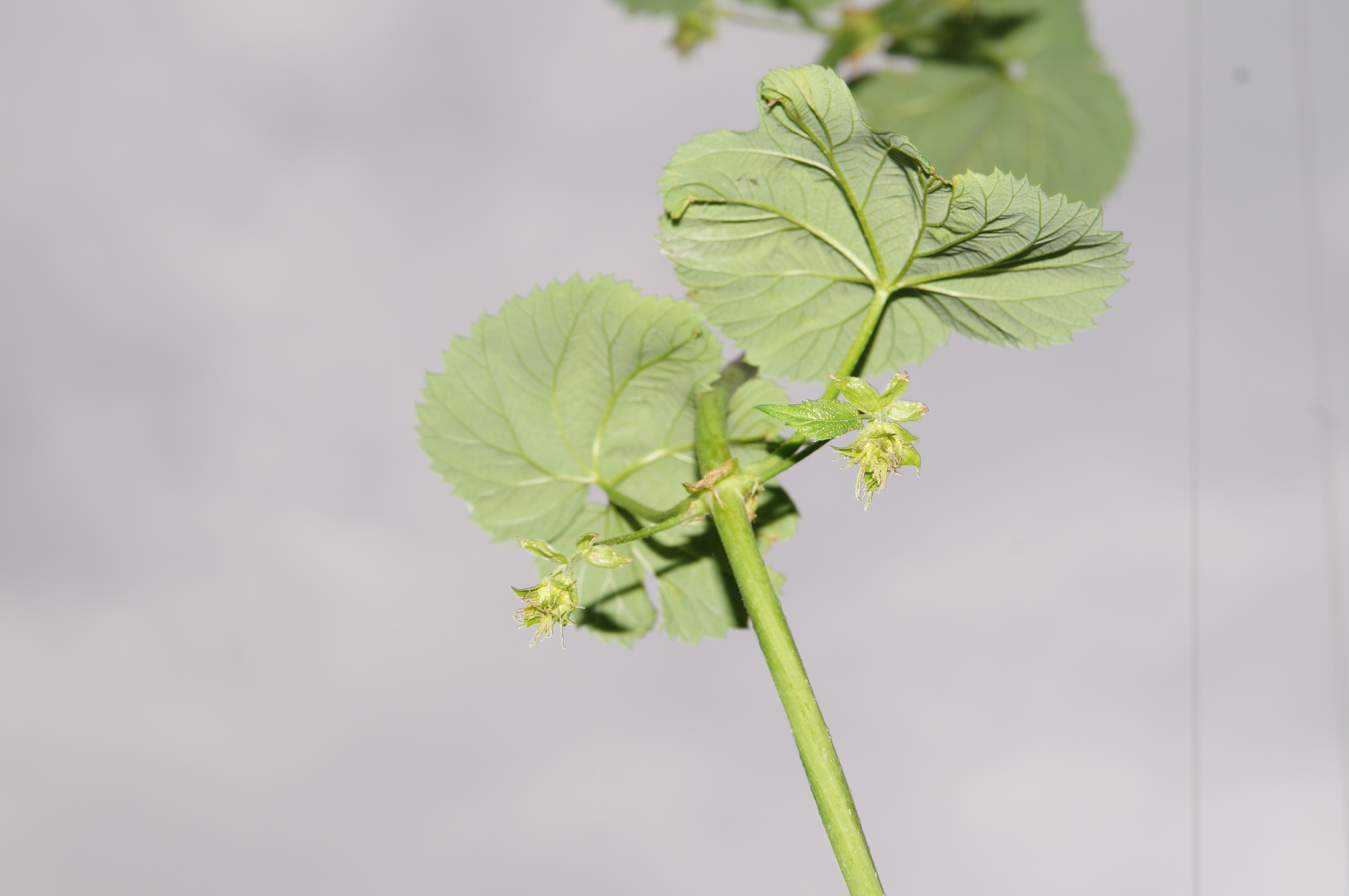I've never had this happen before but it looks like my cones are starting to form in May... Have any of you seen this? Normally it happens much later...




I saw flowers starting to appear on my Cascades and Chinooks when I looked earlier today. Seems very early.
When did you train them?










That's why....they shouldn't be getting trained until about now...
Where did you get that. I'm not commercial grower who is going to harvest everything at the same time. I'll be picking cones as they come ready.
Generally speaking, early flowers tend to be aborted and subsequent yield are reduced as a result.
I don't have the studies in front of me but flowering is tightly regulated by photoperiod and node number in hop. If a plant is trained too early and has sufficient nodes, it becomes receptive to "short day" photoperiods. Generally, a photoperiod of 14 hrs is sufficient to induce flowering on most varieties, which means anything lower than that and plants that are big enough equals flowers!
This is overcome in more northern latitudes by pruning the plants back to time the harvest to occur following the summer solstice when the photoperiod is below a certain amount once again.
^ This. The plant more or less uses its runners to determine day length as the roots don't know what time of year it is. If they see daylight under 13.5-14 hours, they tend to go into flowering mode.
But now you've opened a can of worms PapaBear!I think the diminished yield for the season is only because no one has tried to cut back early flowering bines after harvesting them before the solstice. With hops's closest cousin, you can vegetate a plant indoors during winter, flower it in spring, harvest and then re-vegetate it after the solstice without any yield or quality issues. I believe the same is possible with hops.
As a test of this theory, I decided to not cut anything back this year on all 10 varieties I am running (Alpharoma, Cascade, Columbus, Multihead, Newport, Sanitam, Southern Brewer, Southern Cross, Willow Creek, Zenith). San Diego only gets 14H 10M of daylight on the solstice, so we're growing in a very different day length than the typical 16-18 hour days of the upper northern latitudes. We also don't see freezing temps, the hops still produce plenty though!
The only plant that decided to flower early was the Willow Creek (neomex) which now has 3-4 bines that are flowering. There are about 1-2 freezer bags worth of cones which are within 2 weeks of harvest by feel. The plan is to pull all the cones off and cut the flowering bines to the dirt on June 1st and allow the plant to revegetate through the longer days of the season. At the end of the normal harvest season, I will compare 2017's yields to 2016's cut-to-the-ground yields and see what we end up with.
I don't disagree with you. Getting two crops is a possibility.
You've potentially confounded the issue, especially since the plant is now a year older, and it's 2 or 3 yrs old now? The plant still hasn't produce a mature yield, so you can't say whether your results are due to the treatment or plant age.
I think you should experiment with training times (after pruning) as opposed to deciding whether pruning is needed. Also, realize that in commercial production this would not be a feasible practice and not likely economically sustainable. Training and harvest are the two major inputs, both which take a great deal of time. They would be compounded on each other with stringing crews following directly behind the harvest crews in order to get stuff growing back on the strings and still produce a second crop.
So I already picked my hops and the second crop is growing now. How about you?